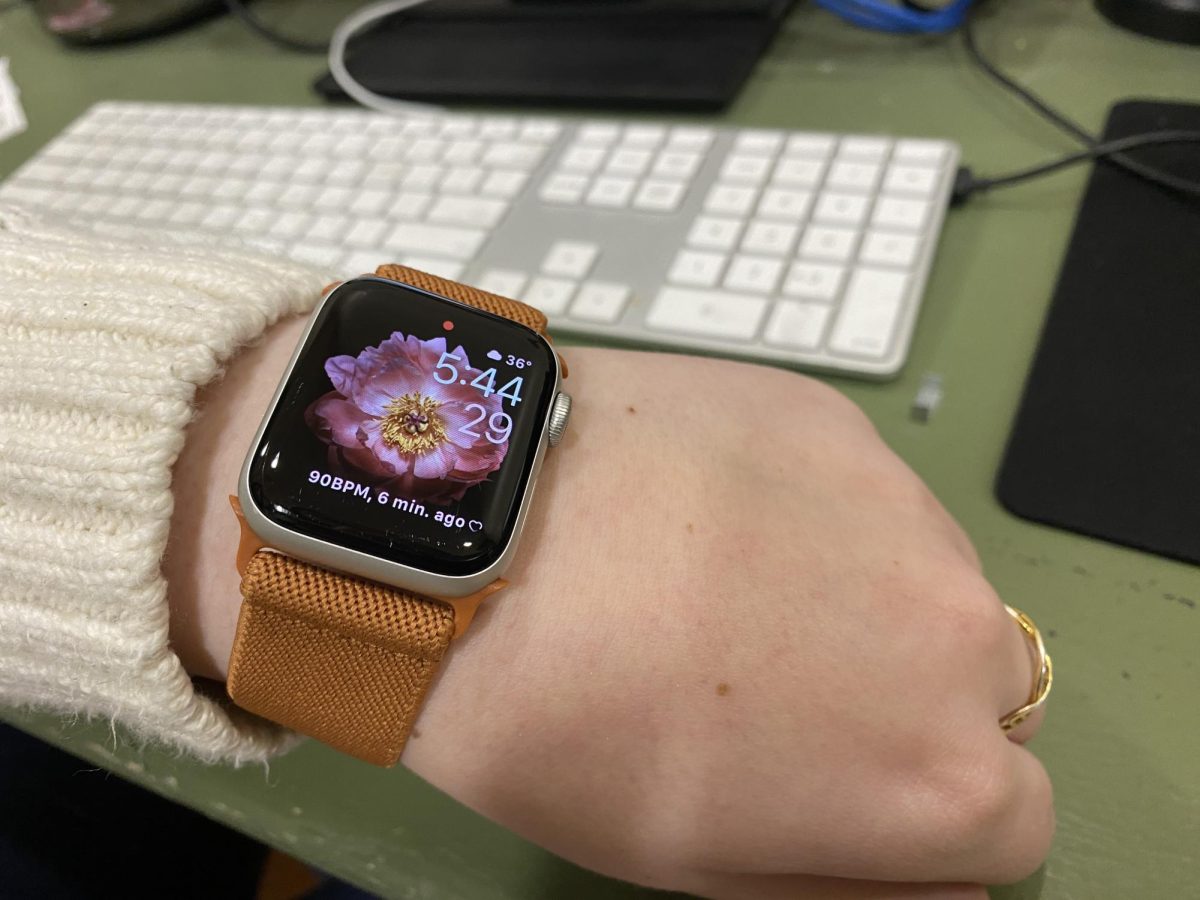No matter what, it seems as though every new version of a product that already exists wants to advertise itself as being smarter than the previous version. What makes it “smart?” Either giving the device its own app that somehow is supposed to improve its functionality or giving it an internet connection. These additions are advertised as turning whatever mundane product they’ve taken the form of into something that is all new. There is an emphasis on the transition from a dumb and low-tech appliance to one that is “advanced” for the current decade. Sometimes, this makes sense, as a device like a ring doorbell would not exist without the idea of “smart” devices.
But why exactly does a toaster need to connect to wi-fi?
Expectedly, companies want people to buy their new products. Sure, making products that are meant to last will make people happy, but those days are long gone. Everything has become overly computerized and poorly-made, as corporations seek profits from forcing consumers to buy a new product every time something breaks or becomes obsolete. And what better way to increase profits than by putting a computer in something that really does not need it? We have all seen this play out before, it’ll become too slow to use because of updates that are supposed to make the device “better.” These same updates only serve to slow the product down. Imagine inviting your friends to your Boulevard Apartment to make some quality meals with an actual kitchen setup, but then have to tell them “sorry guys, I can’t cook right now, the oven needs a firmware update.” Worse, imagine you couldn’t cook because your oven somehow bricked itself.
That may be an exaggerated hypothetical situation, but this seems to be the route we are heading towards. It is true, however, that devices such as ovens, cameras, lights and more can become completely inoperable due to an update gone wrong. For instance, a school building in Wilbraham, Massachusetts had lights that were stuck on for almost two years because of a software bug in the “smart” software the building had used, according to NBC. The amount of energy this wasted is astronomical, and the sad yet ironic part of it all is that the system they used was supposed to save money and energy.
It is hard to understand who wants any of this, or who thinks that connecting everything to the internet for no good reason is peak innovation. This all goes into the concept known as the Internet of Things (IoT), which is based on the premise of every kind of device possible being able to connect to the internet and communicate with each other. That sounds great until you realize that it leads to basic products becoming much more expensive. Suddenly, LG decides your microwave needs to be able to play games or Samsung accidentally leaves a security vulnerability in a “smart” TV, and now your whole wi-fi network has been compromised. At its best, IoT is an interesting but flawed concept. At its worst, it leaves room for stupid problems that should not have existed in the first place.
Some of our dorm buildings may be dated – especially Lawrence Hall – but adding lights with bulbs that only work with Amazon’s Alexa, microwaves that don’t work unless they’re connected to the internet and ovens that somehow break on their own, will not modernize our campus. Instead, it will make the lives of everyone from students to faculty miserable. Our IT team already has enough on their plate, so it is my hope that adding hundreds of devices to the network that really don’t have any advantage over their internet-less counterparts is not part of some future multi-year plan for the university. We need to address the issues with our buildings that are the most prevalent and need solving quickly, not just going the route of these silly IoT devices. With those, we would then be solving problems that never even existed in the first place, which is not productive for any of us. These products become unsupported quickly anyway.




